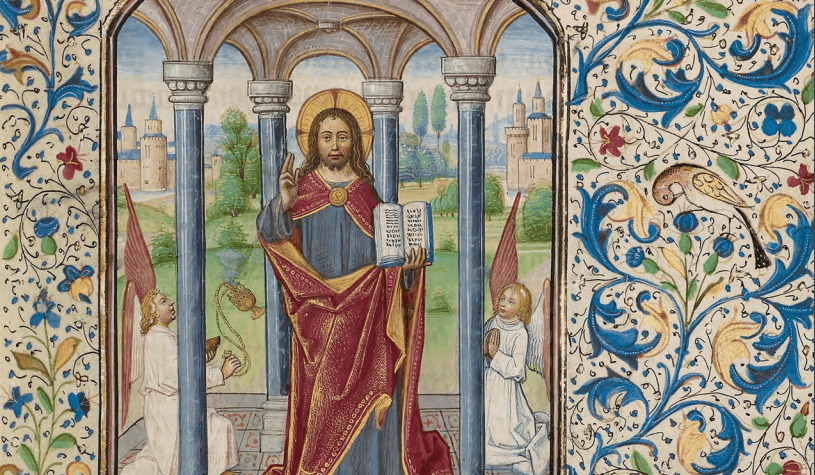With the publication of the Archdiocesan Liturgical Handbook, the Archdiocese of Portland has made a landmark contribution to diocesan offices of worship throughout the United States. As the Most Rev. Alexander Sample, Archbishop of Portland, Oregon, said in his preface to the almost 400-page document, the Liturgical Handbook is meant to ensure “that the Church in our Archdiocese is true to herself—one, holy, catholic and apostolic, but also alive, praying, caring and by God’s grace spiritually growing.” To give a sense of the document’s breadth, Archbishop Sample notes that the handbook aims to assist “the parents of our children” in their task of passing on the faith.
The document was penned by Monsignor Gerard O’Connor, the Director of the Archdiocesan Office of Divine Worship, and has been published by Archbishop Sample; therefore, it is a directive of the diocesan bishop, “the prime steward of the mysteries of God in the particular Church entrusted to his care.” Indeed, it is the diocesan bishop’s responsibility to ensure “that the Priests, the Deacons, and the lay Christian faithful grasp ever more deeply the genuine significance of the rites and liturgical texts, and thereby be led to the active and fruitful celebration of the Eucharist” (GIRM 22).
Much more than a list of rubrics, this handbook aims to draw forth the spirit of the liturgy in order to be at the service of a deeper spiritual life for the whole church in Portland. Of note with regard to particular law for the Archdiocese of Portland, the publication of the Archdiocesan Liturgical Handbook marks the Archdiocese’s adoption of the practice of kneeling after the Agnus Dei. While the document does express particular law in the Archdiocese, it nevertheless has large application to the dioceses of the United States in providing a synthesis of the Church’s liturgical practice with sage spiritual advice for clergy and lay faithful alike.
The genre of the text is properly identified in its title as a handbook. It is not meant to be exhaustive and does not purport to be so. That said, the handbook gives the reader a sense of the breadth of the sacramental realities happening in particular aspects of the liturgy. One special gift that this handbook offers is to give wise advice with regard to controversies or pastorally difficult topics such as “the question of words of remembrance and eulogies” in the context of Christian burial (see 14.11.1–14.11.7). In explaining the difference between words of remembrance and a eulogy, the handbook is particularly useful in pointing out the many venues surrounding the funeral liturgies that “allow for more speakers, more time, more spontaneity, a wider range of themes and methods of paying tribute” to the deceased (14.11.3). There is much wisdom here, and this handbook, while not perfect, would be an excellent resource to put into the hands of priests, deacons, and laity in any diocese.
Get a digital copy on Kindle, a PDF on the Archdiocesan website, or a hard copy by mailing the Archdiocese of Portland’s Office of Divine Worship ($35, plus S&H).
In addition, read the National Catholic Register’s interview with Archbishop Sample on the release of the Archdiocesan Liturgical Handbook, here.



